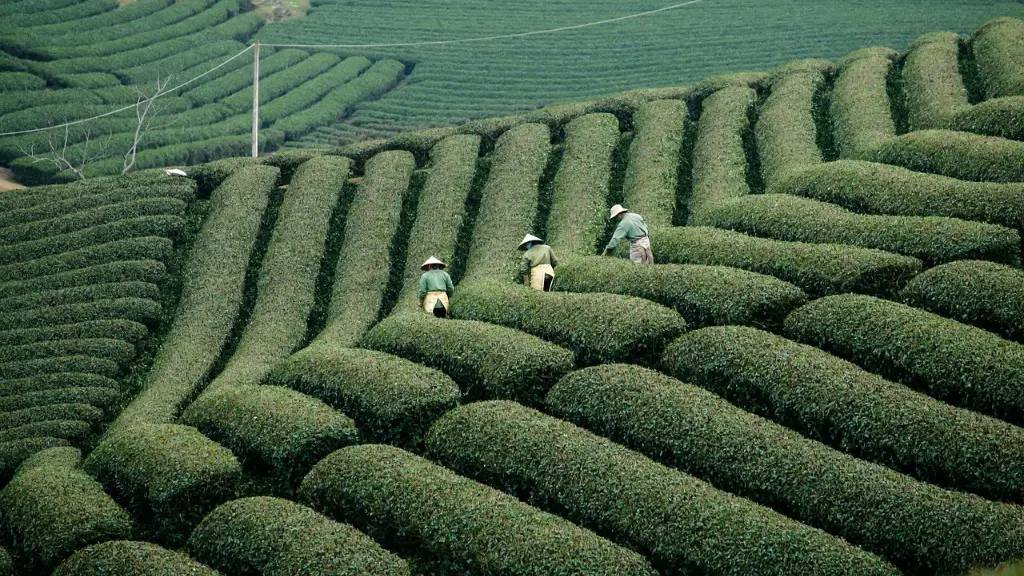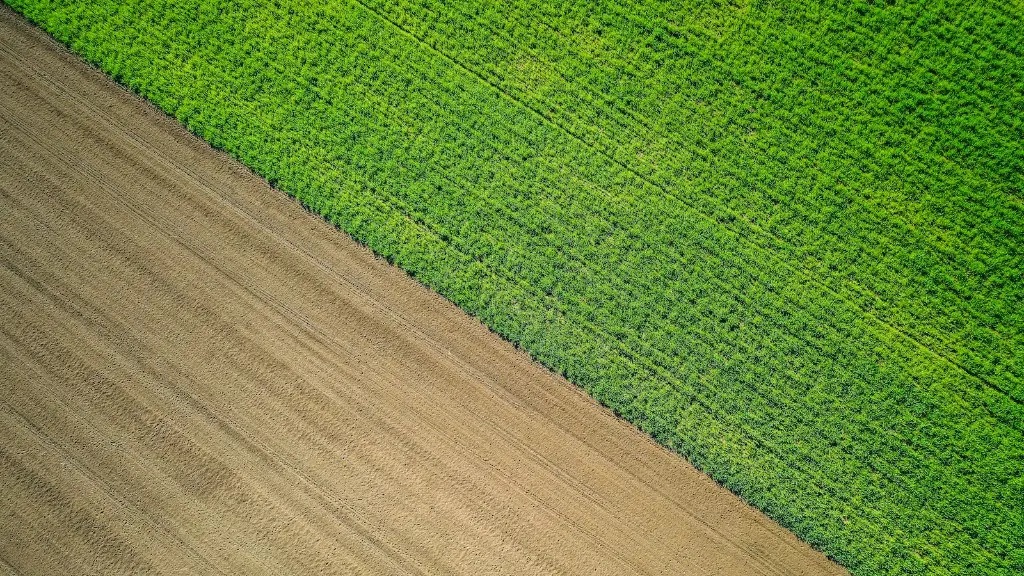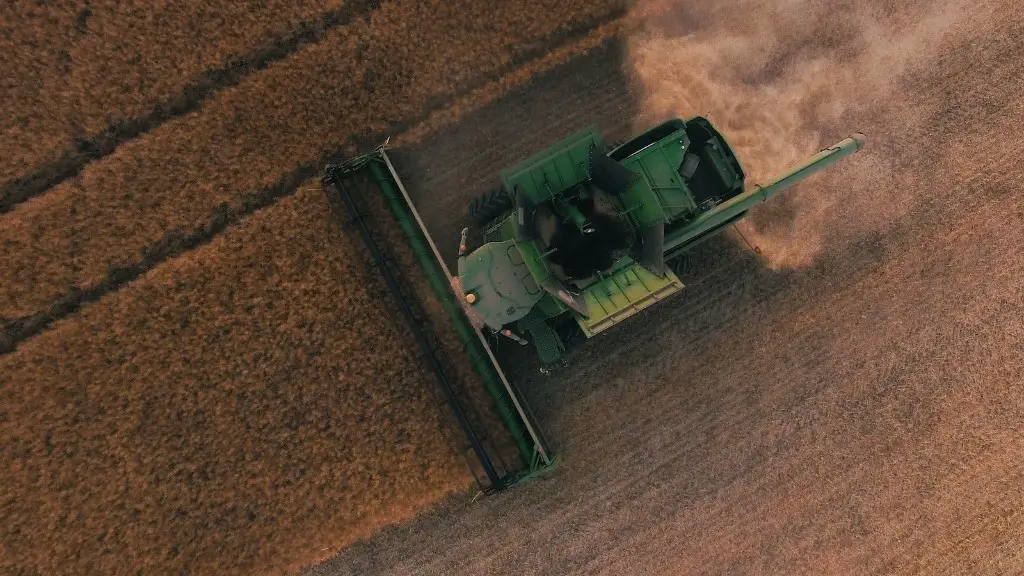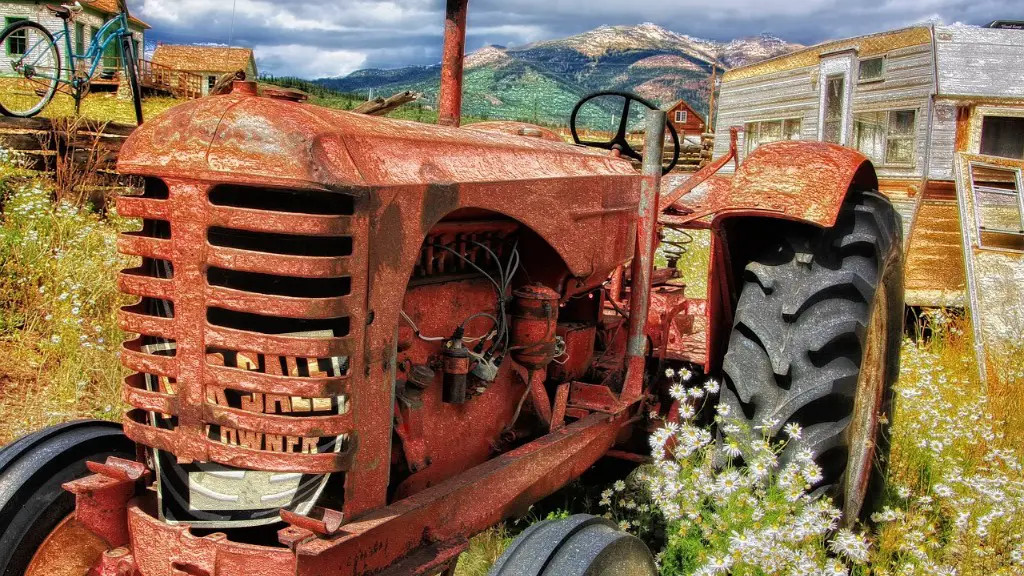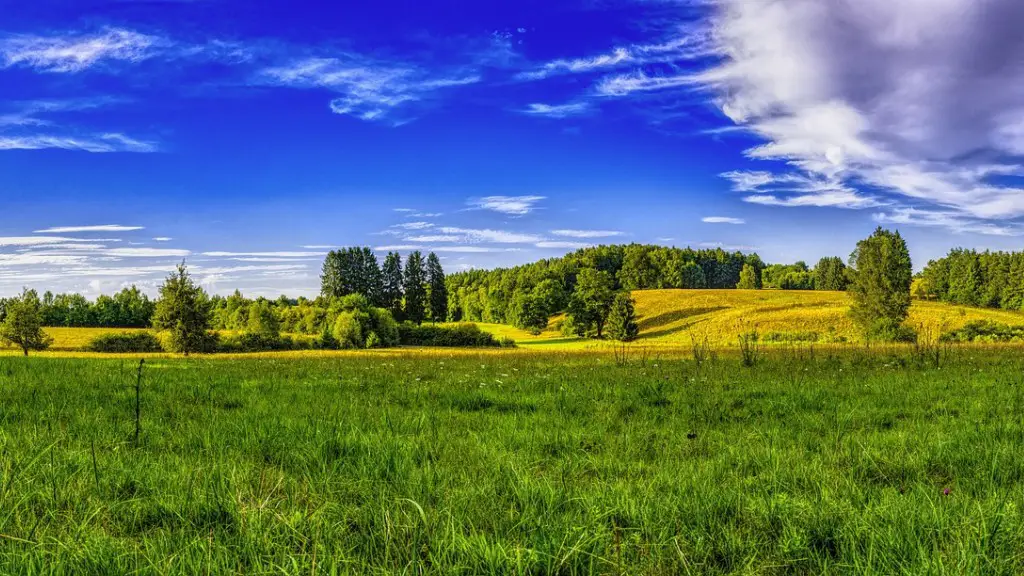Over the millennia, people have developed many ways to irrigate their crops. The method of irrigation depends on the terrain, climate, and water source. In ancient times, people used irrigation to distribute water from rivers and lakes to their crops. This was done by digging canals and using manual labor to move the water. Today, there are many different types of irrigation systems that use pumps and other machinery to distribute water.
In ancient agriculture, irrigation was done by digging a canal from a river to the field.
How did irrigation work in ancient times?
The ancient Sumerians were able to irrigate their land by digging out large storage basins and connecting them to a network of canals and ditches. This allowed them to bring water to their fields and protect them from flooding.
The ancient Egyptians were very clever in their irrigation methods. They not only created canals to water their crops, but also built gates and reservoirs to control the flow of water and store water in case of drought. This showed great foresight and planning, and helped to ensure that their crops would always have the water they needed to grow.
What is the history of irrigation in agriculture
The earliest archeological evidence of irrigation in farming dates to about 6000 BC in the Middle East’s Jordan Valley. It is widely believed that irrigation was being practiced in Egypt at about the same time, and the earliest pictorial representation of irrigation is from Egypt around 3100 BC. Irrigation allowed for more reliable crop production and made farming possible in drier climates. It also allowed for larger scale agriculture, as more water could be diverted to crops.
There are many different types of irrigation systems, each with its own advantages and disadvantages. Surface irrigation is the most common type of irrigation, and involves water being distributed over the land by gravity. Localized irrigation, such as drip irrigation or sprinkler irrigation, is more efficient than surface irrigation, but is more expensive to set up. Center pivot irrigation and lateral move irrigation are two types of mechanized irrigation that are used in large scale agriculture. Sub-irrigation is a type of irrigation that is often used in greenhouses or other controlled environment agriculture. Manual irrigation is the most labor-intensive type of irrigation, but can be used in small scale agriculture or in areas where mechanized irrigation is not feasible.
What are the ancient forms of irrigation?
Before the Egyptian and Mesopotamian approach to irrigation, primitive irrigation likely involved laborers carrying buckets of water from rivers and wells to water their crops. Increased innovation to control water flow where desired included innovations such as irrigation canals, dams, dikes, aqueducts and water storage facilities. These innovations allowed for more efficient and effective irrigation, which helped to improve crop yields and allow for more food production.
Basin irrigation is a form of water management developed and used by the Egyptians. It allowed them to control the rise and fall of the river to best suit their agricultural needs. A crisscross network of earthen walls was formed in a field of crops that the river would flood. This practice allowed the Egyptians to make the most of the fertile land along the Nile.
What is the oldest irrigation system?
The Qanats are one of the oldest irrigation systems still in use today. They were developed in ancient Persia around 800 BCE, and are now found in Asia, the Middle East and North Africa.
The Qanats are a simple but effective way to irrigate crops. They consist of a series of vertical shafts, connected by a gently sloping tunnel. Water is drawn from a nearby water source and flows through the tunnel to the crops.
The Qanats are a sustainable and efficient way to irrigate crops, and have been used for centuries in some of the driest regions on earth.
The aqueducts used by the Romans to transport water were a major innovation in crop growing. By irrigating plants, they were able to increase yields significantly. The use of mechanical devices to aid in agriculture and food production was another major innovation of the Romans. By making these devices more efficient, they were able to increase production and decrease the amount of labor required.
What were the most advanced ancient irrigation systems
Ancient irrigation systems are fascinating, and the underground canal is certainly one of the most complex and ingenious. Dating back to 300 BCE in Sri Lanka, this method tapped into natural springs and underground water sources, allowing water to flow as needed and water crops in the fields. It’s amazing to think about how this technology was used so long ago, and it’s clear that it was a crucial part of agriculture for many centuries.
The first irrigation systems were used in the Fertile Crescent, an area that includes parts of modern-day Iraq, Syria, Lebanon, Jordan, and Israel. These early systems were simple affairs that made use of gravity to bring water from nearby rivers or streams to the fields.
What are the 8 methods of irrigation?
Most of the world’s irrigation systems can be classified into one of eight major types, listed here in order from the most to the least common:
1. Surface irrigation
2. Localized irrigation
3. Drip irrigation
4. Sprinkler irrigation
5. Center pivot irrigation
6. Lateral move irrigation
7. Sub-irrigation
8. occasional irrigation
The earliest known systems of irrigation began in 6000 BC in Egypt and Mesopotamia. In Egypt, the Nile flooded for a few months each year, and the waters were diverted to the fields to allow farmers to grow crops where otherwise they would be unable to do so. In Mesopotamia, the Tigris and Euphrates rivers were used to irrigate the fields. These early irrigation systems allowed for the growth of crops in areas that would otherwise be unsuitable for agriculture.
What are 2 traditional methods of irrigation
Traditional irrigation methods are still used in many parts of the world today. The most common method is the moat, which is also called the pulley system. This method involves pulling up water from a well or other such source to irrigate the land. Another common method is the chain pump. A chain pump consists of two large wheels connected by a chain. The chain pump is used to draw water from a well or other source and then pump it onto the land. The last common method is the dhekli. The dhekli is a process of drawing water from a well or other such similar source and then pouring it onto the land.
Each method of irrigation has its own set of advantages and disadvantages that make it more or less suitable for different types of crops and growing conditions.
Surface irrigation is the simplest and most common type of irrigation. It involves flooding a field with water and letting it seep into the soil. This method is best suited for crops that can tolerate wet conditions and is often used for irrigating large fields.
Sprinkler irrigation is a more sophisticated method that uses a network of pipes and sprinklers to evenly distribute water over a field. This method is well suited for crops that require more precise watering, such as garden vegetables.
Drip irrigation is the most efficient method of irrigation, as it delivers water directly to the roots of plants. This method is often used in greenhouses and for crops that are sensitive to waterlogged conditions.
What is traditional irrigation?
The traditional method of irrigation is an important part of farming in many parts of the world. It is a reliable way to water crops, and it has been used for centuries. In recent years, however, there has been a shift towards using more modern methods of irrigation, such as drip irrigation. While the traditional method of irrigation is still used in some areas, it is not as common as it once was.
A shaduf is a hand-operated device for lifting water. It was invented in ancient times and is still used in India, Egypt, and some other countries to irrigate land.
Conclusion
Irrigation in ancient agriculture was done by using a system of ditches and canals to bring water to the crops.
The ancient irrigation systems were very effective in supplying water to crops. The large scale systems were able to provide water to crops in arid regions, and the smaller scale systems were used in areas with less arid conditions.
